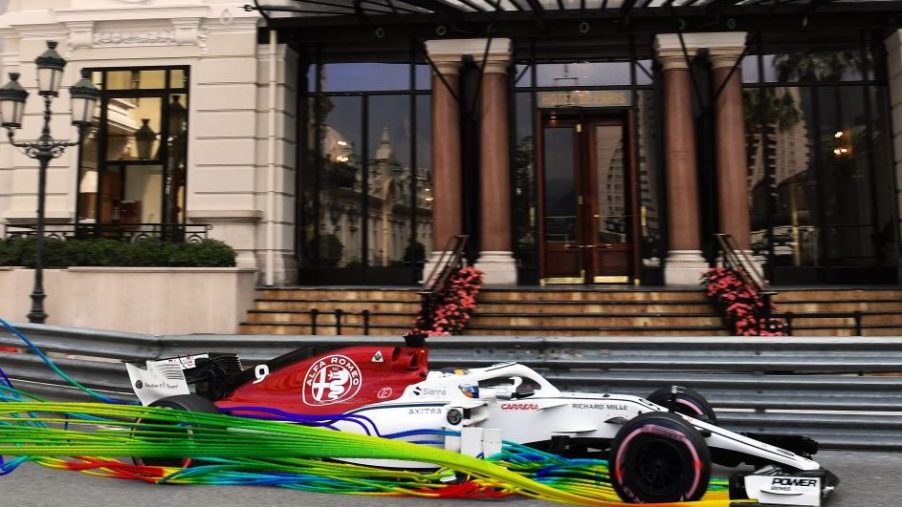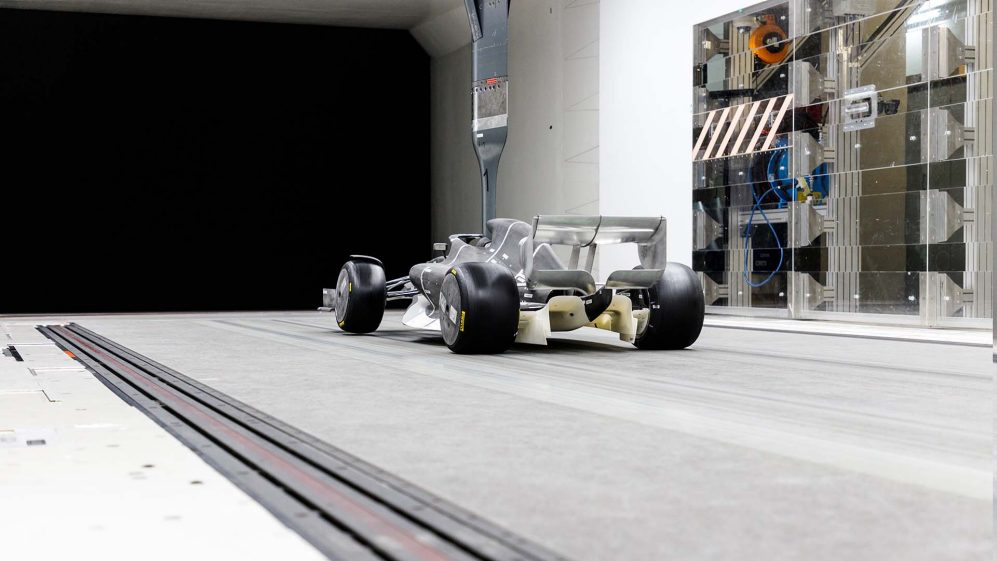
Watch: First Look At 2021 Formula 1 Cars
We have a new video released by Formula 1 and its governing body the FIA outlining some of the big changes that will be taking place over the next couple of years in the world’s premiere racing series. For the first time we get to see what these changes will be and how they will affect the cars.
If there are two gripes about Formula 1 you hear from enthusiasts it’s that 1) the sport is way too expensive, and 2) the lack of the ability for drivers to pass during a race. So, the result is that whatever place the cars qualify at pretty much determines how they will finish. It’s an exaggeration, but not too far off.
Wake Disruption
Now, the FIA is responding to these oft-heard complaints with changes for the 2021 season. The governing body has laid out completely new rules that determine how the cars can be shaped, and how the aerodynamic wings can be configured. They say these changes will help reduce the wake disruption as the cars slice through the atmosphere. Wake disruption is turbulent air behind the cars that causes handling problems for the cars closest to it.
The wind tunnel tests were conducted by the FIA with a 50%-sized model. As you can see the side pod area and rear wing look the same as current Formula 1 cars. Expect changes to the front wing beyond what is shown in the video. Tests were conducted at the Sauber wind tunnel in Hinwil, Switzerland, after Computational Fluid Dynamics research virtually determined the changes to bodywork and aero aids.
After the engineers had determined their optimum design they wanted to do actual wind tunnel testing to prove their conclusions.

One of the main concerns has been Formula 1 officials want to see more overtaking to liven up the races. But, to do this the cars have to follow each other closer than wake disruption currently allows. In the tunnel measurements were taken of the airflow behind the model.
Experimenting with different wing and body configurations the aerodynamicists were able to reduce the wake. From a current wake of 50% disruption they were able to cut it back to between 5-10% disruption. Obviously, a significant improvement.
Simplifying Aero
Simplifying the cars’ aerodynamics really lessened wake disruption, Formula 1 found. This is because the aerodynamics of the lead car isn’t affecting the air as much, and the cars that follow don’t have as sophisticated aero devices that react to the disturbances in the air. Besides reducing air disruption the less aero aids there are will give more of the actual driving back to the driver.

It is interesting to note that the testing did not require a second model to follow the lead car. The FIA feels that the CFD findings negated the need for testing with two models.
New 18-Inch Wheels
Notice that the wheels are the larger 18-inch versions already mandated for 2021. Currently all teams use 13-inch wheels. The change will affect both suspensions and brakes. Currently the 13-inch tires are practically the suspension for the cars. Now suspensions will have to be designed for more travel because the smaller side walls provide less jounce. One unlikely concern is that there is less area to advertise the manufacturer’s name.
Formula 1 has been looking to make this tire/wheel change for years. With the current supply of 13-inch tires coming to an end everyone felt it was time to mandate the change. Plus, we really like the look of those larger wheels and lower tire profiles.



